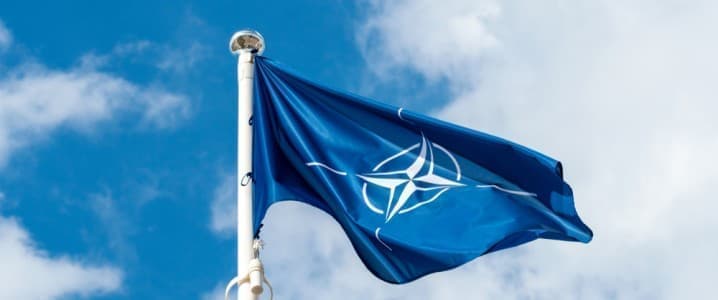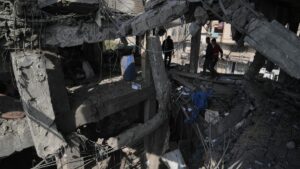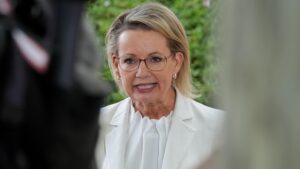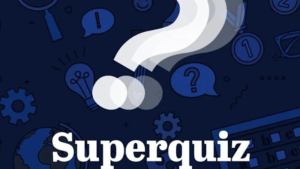
Efforts to bring peace to Ukraine amid Russia’s ongoing invasion are focusing on security guarantees for Kyiv. Recently, Steve Witkoff, a special envoy from the White House, emphasized the potential for “Article 5-like” protections during an interview with CNN on August 17. This proposal stems from discussions at a recent summit in Alaska, where Washington and its allies considered assurances that could significantly alter Ukraine’s security landscape.
The term “Article 5-like” refers to the collective defense principle outlined in NATO’s founding treaty, which states that an armed attack against one member is treated as an attack against all. Notably, this clause has been invoked only once since NATO’s establishment in 1949, following the September 11 attacks. Witkoff suggested that, following Donald Trump‘s meeting with Vladimir Putin, Russia might not oppose these types of assurances as part of a broader peace framework. However, he did not detail what these guarantees would entail.
A quasi-Article 5 arrangement would not grant Ukraine NATO membership, a scenario Trump has explicitly ruled out. Instead, it would involve a tailored agreement among participating countries, distinct from NATO’s integrated structures. The effectiveness of such an arrangement hinges on the specific commitments made by these nations. What remains critical is understanding who would be responsible for actions in the event of further Russian aggression and the speed and intensity of their responses.
Skepticism surrounding these guarantees is heightened by Ukraine’s experience with the 1994 Budapest Memorandum. This agreement offered security assurances in exchange for Ukraine relinquishing its nuclear arsenal after the Soviet Union’s dissolution. The failure of these assurances to prevent subsequent Russian incursions has left many Ukrainians wary of similar promises.
Concerns about the effectiveness of security guarantees are echoed by Polish Foreign Minister Radoslaw Sikorski. He pointed out that Ukraine’s issue is not the lack of assurances but the failure to uphold them. On April 22, 2004, Putin ratified the Treaty on the Russian-Ukrainian Border, a commitment that Sikorski believes, if honored, could have concluded the war.
European Commission President Ursula von der Leyen has expressed support for the initiative, stating that the European Union is “ready to do its share.” She emphasized the need for Ukraine to develop robust defenses, referring to the country as a “steel porcupine” to deter potential invaders.
Geopolitically, the proposal introduces a paradox. If these guarantees genuinely replicate NATO’s deterrent effect, it raises the question of why the Kremlin would accept them. One possibility is that Moscow might view non-NATO guarantees as less binding or more flexible compared to full alliance membership, making them appear more negotiable. When pressed on whether Russia would permit “Article 5 guarantees of NATO,” Witkoff reiterated that an agreement had been reached, allowing the U.S. and European nations to offer language similar to Article 5 for security guarantees.
Conversely, if these guarantees are diluted to secure Russian approval, they risk lacking the strength needed to deter further aggression, particularly from Moscow. As the situation evolves, the discussions surrounding security guarantees for Ukraine remain crucial in shaping the future of peace efforts.







